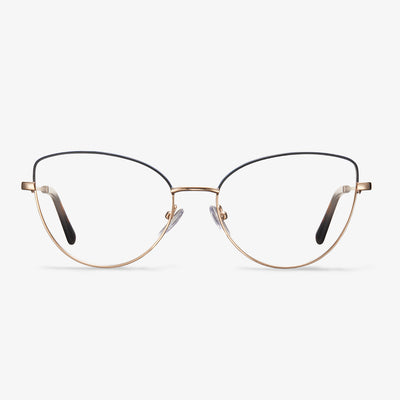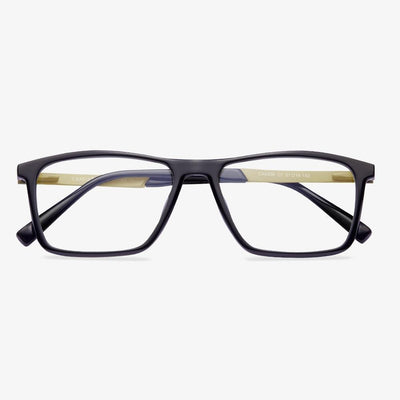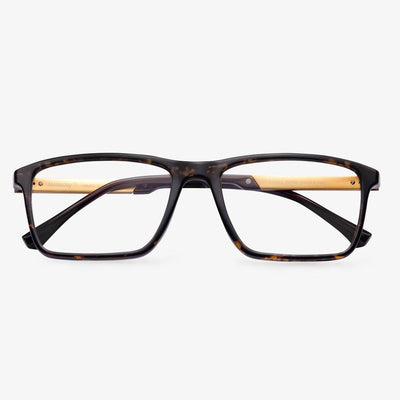How to Choose Glasses for Heart Shaped Face?
Wearing a great pair of glasses can make you look more beautiful and fashionable. You want to find a pair of eyewear to correct your vision. Of course, they should be comfortable to wear.
Everyone has their unique style. So, finding a pair of great sunglasses is not an easy job. So, in this post, we will show you some suggestions to glasses for heart shaped faces.
Before proceeding with how to choose glasses for heart shaped face, you need to know whether you have a shaped face. Heart shaped face has some obvious features, such as a broad forehead; high, prominent cheekbones; a narrow jawline; and an angular chin. So, you can check whether you have these features.
However, if you do not know what face shape you have, you can click here to take a reference and have a check.
After checking the face shape you have, we will show you some glasses for heart shaped face.
What are keyhole glasses used for?
The keyhole distributes the weight of the glasses to one side of the nose rather than the top. It's a good choice for those with broad noses. Due to the lack of support at the top, the keyhole design will result in the frame being positioned lower than the saddle bridge frame. If you find that your saddle frame causes your eyes to be located just below the center of the lens area, you may try a wider frame or opt for a keyhole design.
Glasses Size - Lens Height
Lens height is the length between the top edge of a lens and the bottom edge of that lens. Lens height is the distance between the lowest point of the lens and the top of the frame above it. This number may be influenced by the style of your glasses.
What is blue light?
To prevent blue light, we must first understand what blue light is. The visible light with a wavelength range of 400-500 nanometers is called blue light. The light sources used in daily LED lighting and display products, including mobile phones, flat panels, and TVs, are mostly LED light sources excited by blue light. However, not all blue light is harmful to the human body. The human eye has an extremely low tolerance to blue light radiation in the 400-440 nanometer range. When the light intensity enters this threshold, photochemical damage is likely to occur. However, blue light radiation in the range of 459-490 nanometers is essential for regulating the human body's circadian rhythm and can affect the secretion of human melatonin, which in turn has an impact on the body's biological clock, alertness, and mood.
Scientifically effective anti-blue light lenses must not only block harmful blue light but also cannot filter beneficial blue light. Most of the ineffective anti-blue light products on the market currently have two types of problems. One is that there is almost no protective effect on the blue light in the vulnerable zone of the human eye. The other is excessive protection, shielding the blue light spectrum in the beneficial band so that the blue light that is beneficial for physiological adjustment cannot enter the human eye. At the same time, the color of the lens is yellow, which is prone to color shift, aggravating visual fatigue, and even inducing the risk of myopia.
Jempinis Wood Deer Eyeglasses Holder from Bali, 'Studious Deer'
This charming eyeglass holder from Bali depicts a bold and complex industrious deer. Yudi Suardi designed this holder, hand-carved from jempinis wood, to depict the majesty of a deer. Your glasses fit right in the groove of the deer's head.
Linda Multi Focus ™ Blue
Combining color and pattern, these women's reading glasses are definitely a stylish choice. The complex square frame features scratch-resistant and impact-resistant lenses with UV sun protection when worn outdoors, while a leopard print hard-shell with interior markings and a handy cleaning cloth will protect your glasses.
What is the best lens material?
Early lenses were made of natural materials because they were easy to get. But natural materials have obvious drawbacks. According to records of the Qing Dynasty, Emperor Yongzheng wore crystal glasses given by the imperial court, which greatly improved the efficiency of reading documents. However, because of the cold nature, the crystal will make the temperature around the eyes low when wearing, and part of the crystal lens has color so that the light into the eyes becomes soft.


















































